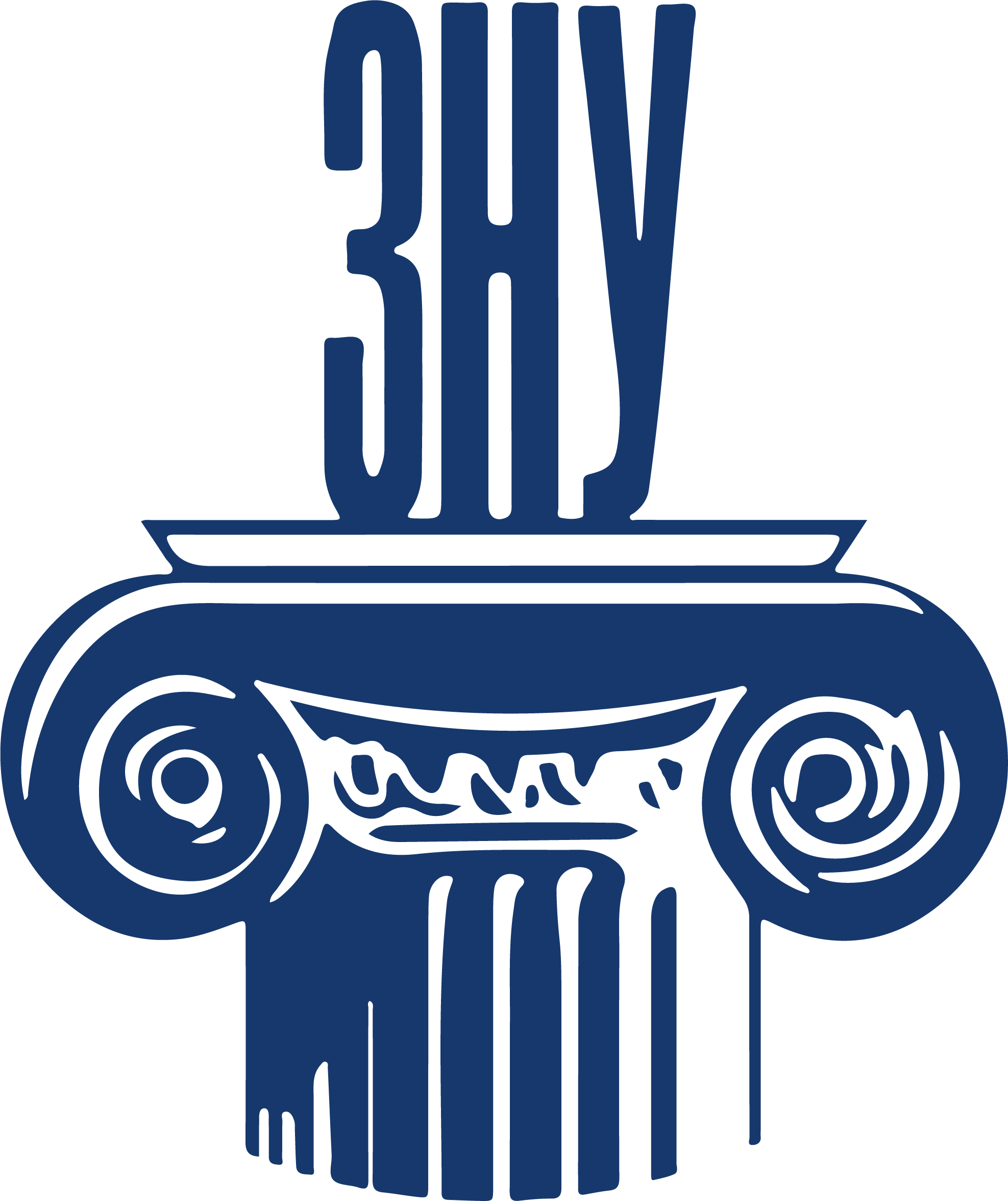SEA AS ARTISTIC SYMBOL AND FORM OF MANIFESTATION OF ROMANTIC SOUL
Abstract
The mechanism of nature symbolization in literature is a phenomenon that has a deep philosophical, aesthetic and mythological content. Art begins with the imitation of nature, including attempts to turn the first observations of primitive people into art, for example, on the walls of ancient caves. Today, this path has gone far beyond simple and accurate imitation in numerous directions and has reached a more complex level based on abstraction, intuition, emotions and human experience. The cult of nature and its symbolism occupy a special place in the artistic and aesthetic concept of romanticism. The artistic and aesthetic essence of the use of natural symbolism in the work of romantic artists is closely connected with the idealization of natural phenomena and events, which, in turn, function according to the philosophical and aesthetic principles of romanticism. The sea is one of the most frequently used symbols in romantic literature. The sea in romanticism is a means of self-expression, its metaphorical description is purposeful, the sea is personified in romanticism with all its components, becomes an expression of the artist’s inner world, his mood, consciousness and subconscious. Nature always finds its place in the object and memory of art. Sometimes direct descriptions, landscapes, observations are symbolized in the structure of literature based on abstract and deep imagination, and expressed in symbols. The direct and indirect connection of literature with nature is revealed in the texts by various means. If the landscape is a direct way of this connection, then the symbols of nature are already an indirect connection. Images of nature and symbols of nature are theoretically different concepts. An image or figurativeness is an individual event, an expression of reality in a word, and arises on the basis of the author’s approach. Symbols are categories that existed before the author, here the goal and choice of interpretation of the symbol, revealing the author’s individuality, are conditional.
References
2. Cavid Hüseyn Əsərləri. Bеş cilddə. I cild. Bakı : “Lidеr nəşriyyat”, 2005. 234 s.
3. Claudon F. Romantizm Sanat Ansiklopedisi. İstanbul : Remzi Kitabevi, 1994.
4. Coleridge T. S. Yaşlı gemiçi. İstanbul : İletişim Yayınları, 2013.
5. Dinç A. Deniz Şiirleri Antolojisi. Ankara : Akçağ Yayınları, 2001.
6. Gautier Theophile. Romantizmin Tarihi. İstanbul, Milli Eğitim Basım Evi, 1975.
7. Gider Mahmut Bâkî ve Fuzûlî Divanlarında Deniz Tasavvuru. 2017. URL: https://dergipark. org.tr/tr/download/article-file/397191
8. Karabacak E. Deniz Kavramı Üzerine. Türk Kültüründe Deniz ve Deniz Edebiyatı Sempozyumu (27 Nisan – 2 Mayıs). Antalya : Kıbatek, 2008.
9. Qocayeva G. Romantizmdə dəniz simvolu obraz kimi. Poetika. İzm jurnalı, 2014. № 1. S. 75–90.
10. Гусев И. Е. Все знаки и символы: большая толковая энциклопедия символов. Минск : Харвест, 2011.
11. Pala İ. Ansiklopedik Divân Şiiri Sözlüğü. İstanbul : Kapı Yayınları, 2007.
12. Raban J. The Oxford Book of the Sea. Oxford : OUP, Print. 1993.
 ISSN
ISSN 


.png)




